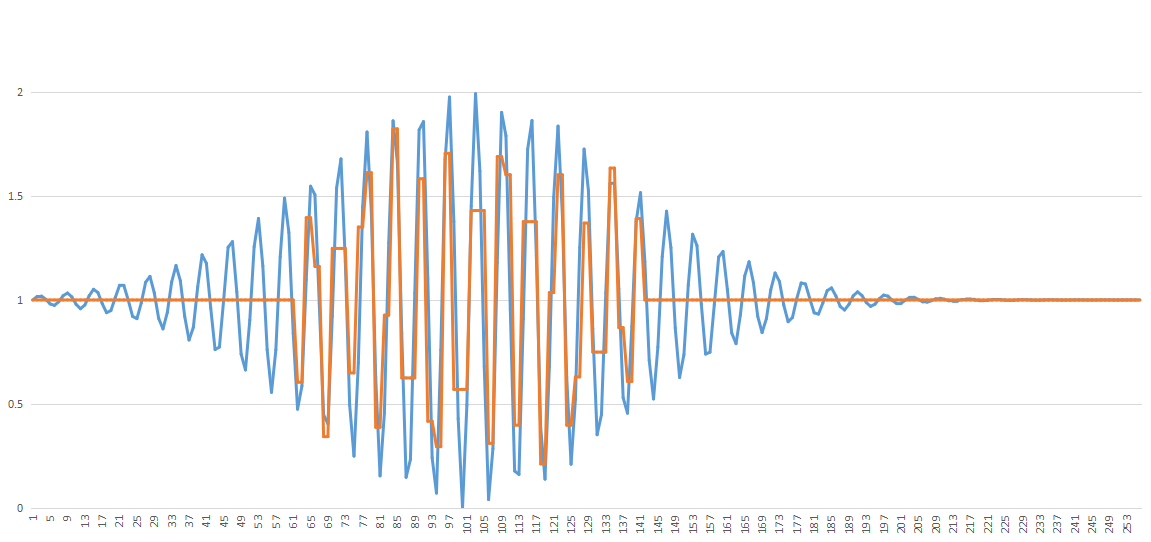基于Python的图像数据增强Data Augmentation解析
1.1 简介
深层神经网络一般都需要大量的训练数据才能获得比较理想的结果。在数据量有限的情况下,可以通过数据增强(Data Augmentation)来增加训练样本的多样性, 提高模型鲁棒性,避免过拟合。
在计算机视觉中,典型的数据增强方法有翻转(Flip),旋转(Rotat ),缩放(Scale),随机裁剪或补零(Random Crop or Pad),色彩抖动(Color jittering),加噪声(Noise)
笔者在跟进视频及图像中的人体姿态检测和关键点追踪(Human Pose Estimatiion and Tracking in videos)的项目。因此本文的数据增强仅使用——翻转(Flip),旋转(Rotate ),缩放以及缩放(Scale)
2.1 裁剪(Crop)
- image.shape--([3, width, height])一个视频序列中的一帧图片,裁剪前大小不统一
- bbox.shape--([4,])人体检测框,用于裁剪
- x.shape--([1,13]) 人体13个关键点的所有x坐标值
- y.shape--([1,13])人体13个关键点的所有y坐标值
def crop(image, bbox, x, y, length):
x, y, bbox = x.astype(np.int), y.astype(np.int), bbox.astype(np.int)
x_min, y_min, x_max, y_max = bbox
w, h = x_max - x_min, y_max - y_min
# Crop image to bbox
image = image[y_min:y_min + h, x_min:x_min + w, :]
# Crop joints and bbox
x -= x_min
y -= y_min
bbox = np.array([0, 0, x_max - x_min, y_max - y_min])
# Scale to desired size
side_length = max(w, h)
f_xy = float(length) / float(side_length)
image, bbox, x, y = Transformer.scale(image, bbox, x, y, f_xy)
# Pad
new_w, new_h = image.shape[1], image.shape[0]
cropped = np.zeros((length, length, image.shape[2]))
dx = length - new_w
dy = length - new_h
x_min, y_min = int(dx / 2.), int(dy / 2.)
x_max, y_max = x_min + new_w, y_min + new_h
cropped[y_min:y_max, x_min:x_max, :] = image
x += x_min
y += y_min
x = np.clip(x, x_min, x_max)
y = np.clip(y, y_min, y_max)
bbox += np.array([x_min, y_min, x_min, y_min])
return cropped, bbox, x.astype(np.int), y.astype(np.int)
2.2 缩放(Scale)
- image.shape--([3, 256, 256])一个视频序列中的一帧图片,裁剪后输入网络为256*256
- bbox.shape--([4,])人体检测框,用于裁剪
- x.shape--([1,13]) 人体13个关键点的所有x坐标值
- y.shape--([1,13])人体13个关键点的所有y坐标值
- f_xy--缩放倍数
def scale(image, bbox, x, y, f_xy):
(h, w, _) = image.shape
h, w = int(h * f_xy), int(w * f_xy)
image = resize(image, (h, w), preserve_range=True, anti_aliasing=True, mode='constant').astype(np.uint8)
x = x * f_xy
y = y * f_xy
bbox = bbox * f_xy
x = np.clip(x, 0, w)
y = np.clip(y, 0, h)
return image, bbox, x, y
2.3 翻转(fillip)
这里是将图片围绕对称轴进行左右翻转(因为人体是左右对称的,在关键点检测中有助于防止模型过拟合)
def flip(image, bbox, x, y):
image = np.fliplr(image).copy()
w = image.shape[1]
x_min, y_min, x_max, y_max = bbox
bbox = np.array([w - x_max, y_min, w - x_min, y_max])
x = w - x
x, y = Transformer.swap_joints(x, y)
return image, bbox, x, y
翻转前:

翻转后:

2.4 旋转(rotate)
angle--旋转角度
def rotate(image, bbox, x, y, angle):
# image - -(256, 256, 3)
# bbox - -(4,)
# x - -[126 129 124 117 107 99 128 107 108 105 137 155 122 99]
# y - -[209 176 136 123 178 225 65 47 46 24 44 64 49 54]
# angle - --8.165648811999333
# center of image [128,128]
o_x, o_y = (np.array(image.shape[:2][::-1]) - 1) / 2.
width,height = image.shape[0],image.shape[1]
x1 = x
y1 = height - y
o_x = o_x
o_y = height - o_y
image = rotate(image, angle, preserve_range=True).astype(np.uint8)
r_x, r_y = o_x, o_y
angle_rad = (np.pi * angle) /180.0
x = r_x + np.cos(angle_rad) * (x1 - o_x) - np.sin(angle_rad) * (y1 - o_y)
y = r_y + np.sin(angle_rad) * (x1 - o_x) + np.cos(angle_rad) * (y1 - o_y)
x = x
y = height - y
bbox[0] = r_x + np.cos(angle_rad) * (bbox[0] - o_x) + np.sin(angle_rad) * (bbox[1] - o_y)
bbox[1] = r_y + -np.sin(angle_rad) * (bbox[0] - o_x) + np.cos(angle_rad) * (bbox[1] - o_y)
bbox[2] = r_x + np.cos(angle_rad) * (bbox[2] - o_x) + np.sin(angle_rad) * (bbox[3] - o_y)
bbox[3] = r_y + -np.sin(angle_rad) * (bbox[2] - o_x) + np.cos(angle_rad) * (bbox[3] - o_y)
return image, bbox, x.astype(np.int), y.astype(np.int)
旋转前:

旋转后:

3 结果(output)
数据增强前的原图:

数据增强后:

以上就是本文的全部内容,希望对大家的学习有所帮助,也希望大家多多支持【听图阁-专注于Python设计】。
